Accolade Elm Thoughts and Picture Link
longtee81 (Zone 5a)
11 years ago
Related Stories

THE HARDWORKING HOMEHouzz Call: Show Us Your Hardworking Home Office
We’re looking to showcase workspaces that are well organized, tech savvy and comfortable. Share your pictures!
Full Story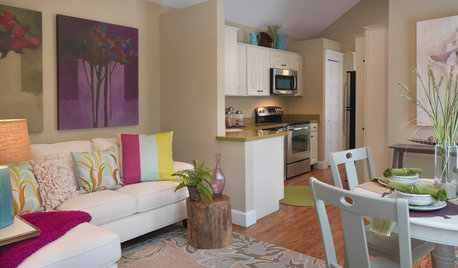
SMALL HOMESHouzz Tour: Comfy and Cozy in 630 Square Feet
This Maine cottage's clever layout, thoughtful storage and hosting abilities show that downsizing doesn't have to mean doing without
Full Story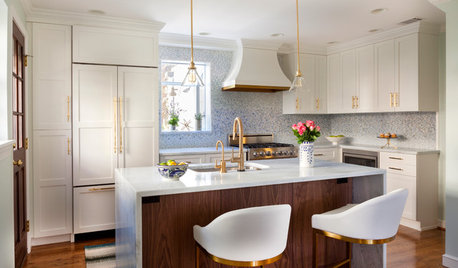
KITCHEN DESIGNCouple Renovates to Spend More Time in the Kitchen
Artistic mosaic tile, custom cabinetry and a thoughtful layout make the most of this modest-size room
Full Story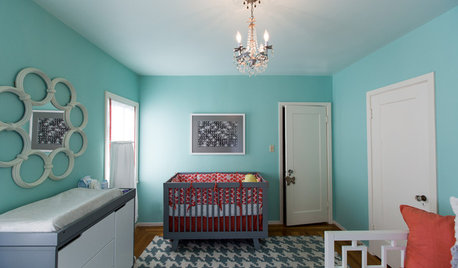
BEFORE AND AFTERSDouble-Duty Function and Singular Style for a California Nursery
Modern and bright, this thoughtfully designed baby's room is ready to welcome a newborn girl and overnight guests
Full Story
ROOM OF THE DAYRoom of the Day: Patience Pays Off in a Midcentury Living-Dining Room
Prioritizing lighting and a bookcase, and then taking time to select furnishings, yields a thoughtfully put-together space
Full Story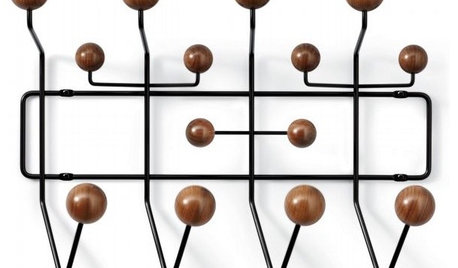
40 Stylish Gifts for Modern Men
Houzz Gift Guide 2010: What to Buy for the Guy Who Has (Almost) Everything
Full Story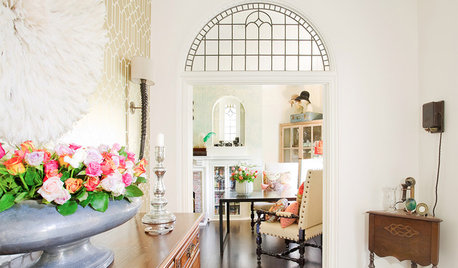
DECORATING GUIDESHouzz Tour: Arts and Crafts Cottage Gets a Lively Remake
An interior designer uses color, light and historical touches to brighten up a 1920s Sydney home
Full Story
BATHROOM DESIGNTickled Pink in the Bathroom
We asked you to show us your vintage pastel bathrooms — and you responded with a tsunami of photos and comments
Full Story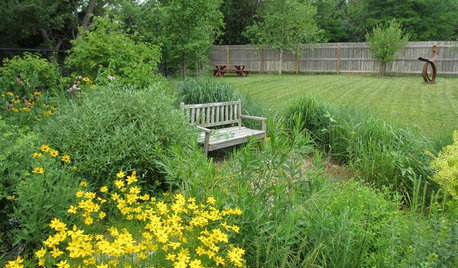
GARDENING GUIDESHow to Design a Garden That Lasts
Climates are changing. Wildlife is evolving. Can your garden keep up?
Full StorySponsored
Central Ohio's Trusted Home Remodeler Specializing in Kitchens & Baths
More Discussions






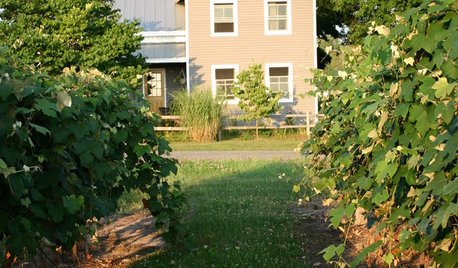




ken_adrian Adrian MI cold Z5
longtee81 (Zone 5a)Original Author
Related Professionals
Simpsonville Landscape Architects & Landscape Designers · Piqua Landscape Architects & Landscape Designers · Brandon Landscape Contractors · Fort Worth Landscape Contractors · Nashua Landscape Contractors · Tinton Falls Landscape Contractors · View Park-Windsor Hills Landscape Contractors · Dale City Siding & Exteriors · Kenosha Siding & Exteriors · Simpsonville Siding & Exteriors · Southampton Siding & Exteriors · Lansing Siding & Exteriors · Boise Decks, Patios & Outdoor Enclosures · Diamond Bar Decks, Patios & Outdoor Enclosures · Roanoke Decks, Patios & Outdoor Enclosureswisconsitom
rhizo_1 (North AL) zone 7
longtee81 (Zone 5a)Original Author
strobiculate